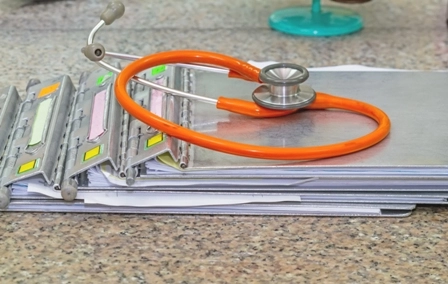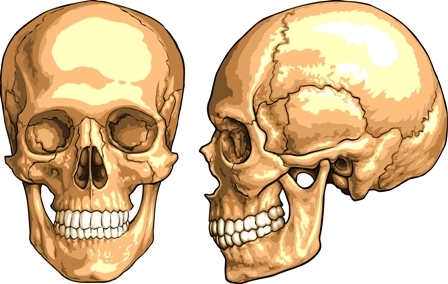Remember 6 When Categorizing Osteoarthritis
Combine anatomical knowledge with an understanding of OA for success. Osteoarthritis (OA) commonly presents in hips, knees, and shoulders, but can be an issue in other parts of the body as well. Boost your osteoarthritis coding know-how with these tips. Know These Six OA Categories For coding purposes, there are six different types of OA. Check out this expert input on identifying each type. Polyosteoarthritis: Leading off the OA code set is this condition, in which OA is present in multiple sites. Polyosteoarthritis codes are different from other OA codes; they’re only four characters, and don’t go into great detail. The good news is that you’ll only have to identify the polyosteoarthritis type to complete your ICD-10 coding. The polyosteoarthritis codes are: Example: Notes indicate that the PM physician treated a patient with erosive osteoarthritis. For this patient, you’ll report M15.4. Primary osteoarthritis: This type of OA “develops over time with degeneration, inflammation, and just plain wear and tear to the joint,” explains Kaitlyn Bohrer, COSC, of Eastside Orthopedics & Sports Medicine in Milwaukie, Oregon. Secondary osteoarthritis: Primary OA occurs just due to wear and tear, but secondary OA “is caused by a known reason or consequence. A primary condition or diagnosis you may find attached to secondary OA is mostly contributory to underlying conditions such as obesity, genetics, inactivity, and a large inventory of other diseases,” explains Bohrer. Posttraumatic osteoarthritis: Posttraumatic OA is a subtype of secondary OA. The condition “is contributory to a particular trauma or injury such as a subsequent fracture to a bone after playing a sport or an injury due to a car accident,” says Bohrer. Dysplastic osteoarthritis: This OA type, specific to the hips, “is caused by the hip not being in alignment. It wears down the cartilage and after time leads to osteoarthritis in the joint,” according to Alicia Scott CPC, CPC-I, CRC, director of education for CCO.us. “Dysplasia of the hip ultimately causes the hip joint to become partially or completely dislocated from the socket; this occurs when the socket portion does not fully cover the ball portion of the upper thigh bone. The condition is largely developmental and has a high risk of dysplastic arthritis because of the constant depletion of the smooth cartilage on the bones that helps them glide fluently against each,” Bohrer continues. Other osteoarthritis: Other OA is what you assign OA when “the provider has identified specificity; however, there is not a code for [the OA identified] at this time,” says Scott. Use These 4 Steps Osteoarthritis codes run from M15.- (Polyosteoarthritis) to M19.93 (Secondary osteoarthritis, unspecified site) in the ICD-10 book. Here’s instruction on how to arrive at the best OA ICD-10 code for each patient. Step 1: Identify the location of the OA. This could be hip, knee, ankle, elbow, etc. Example: Notes indicate the patient suffered shoulder OA. Step 2: Identify the type of OA. This could be polyosteoarthritis, primary, secondary, posttraumatic, dysplastic, or other. Example: Notes indicate the patient suffered primary shoulder OA. Step 3: Identify the laterality of the OA. This could be left, right, or bilateral. Example: Notes indicate the patient suffered primary right shoulder OA. Step 4: Choose an OA code. For the example above, you’d report M19.011 (Primary osteoarthritis, right shoulder) for the patient. Don’t Forget Additional Step for Secondary OA If your patient has secondary OA, you’ll need to add another step to the above instructions to completely code the patient. Reporting primary condition: You’ll need to find out what primary condition the patient suffers from in order to code secondary OA patients completely. Example: Encounter notes indicate that the patient has secondary left knee OA due to severe obesity caused by excess calories. For this patient, you’ll need to report both M17.5 (Other unilateral secondary osteoarthritis of knee) and E66.01 (Morbid (severe) obesity due to excess calories).





